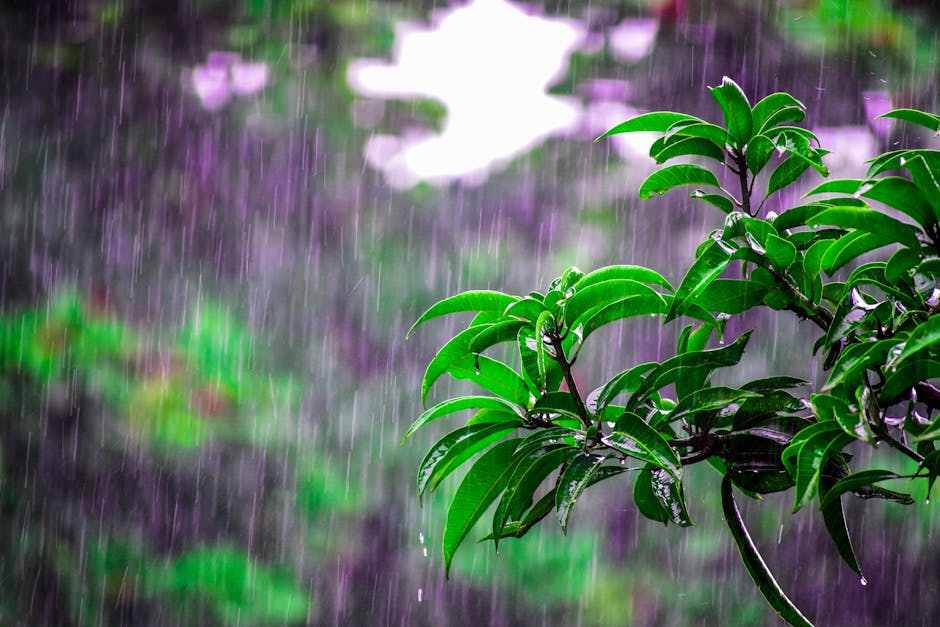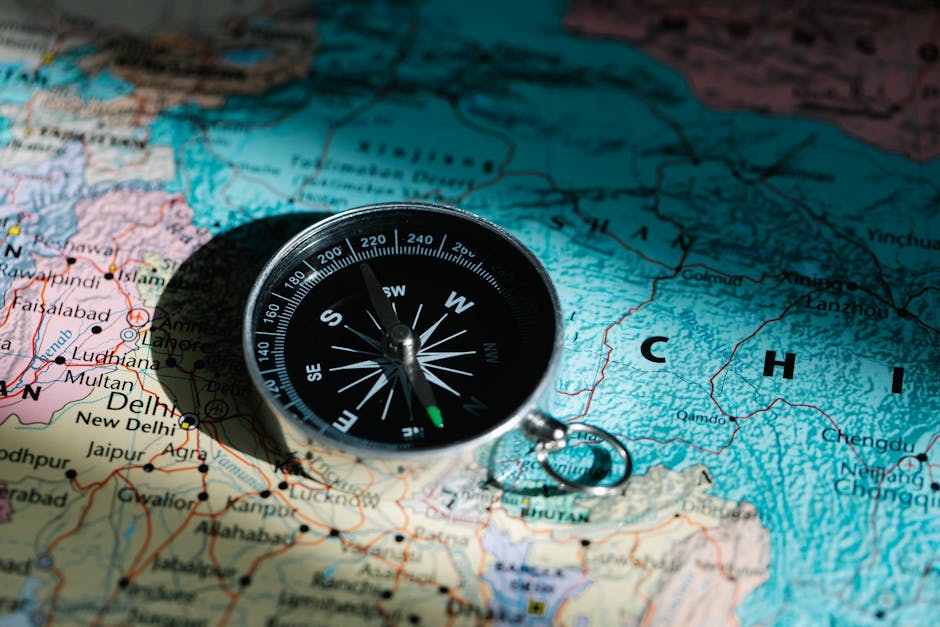Why Mumbai’s Air Quality Is Worsening After Monsoon
Mumbai, India’s financial capital, is struggling with hazardous air pollution just weeks after the monsoon season ended. The Air Quality Index (AQI) has consistently reached “poor” to “very poor” levels, leaving residents breathless. But why is this happening? Here’s a detailed breakdown of the key factors behind Mumbai’s post-monsoon pollution crisis.
1. Delayed Monsoon Exit and Stagnant Air
This year, Mumbai’s monsoon withdrawal was delayed, increasing humidity levels. As winds weakened, pollutants became trapped near the ground instead of being dispersed by sea breezes—leading to smog buildup.
2. Dust From Rampant Construction Activities
Mumbai’s infrastructure boom—Coastal Road, Metro expansions, and building redevelopments—has kicked into high gear post-monsoon. Uncontrolled dust from construction sites (PM2.5 and PM10) is a major contributor to the toxic air.
3. Surge in Vehicular Emissions
With 3.7+ million vehicles, Mumbai’s traffic congestion spikes post-monsoon as schools and offices reopen. Diesel trucks, autos, and cars release NO₂ and CO, worsening pollution in traffic hotspots.
4. Toxic Fumes From Waste Burning
Open burning at landfills (Deonar, Mulund) remains rampant despite bans. Dry post-monsoon waste ignites easily, releasing carcinogenic smoke into the air.
5. Industrial Pollution From Outskirts
Factories in Mumbai’s peripheral areas (chemical plants, refineries) often violate emission norms, releasing SO₂ and VOCs that drift into the city.
6. Weather Inversion Trapping Pollutants
Temperature inversion—a layer of warm air preventing pollution dispersion—combines with local sources like diesel generators, fireworks, and coal tandoors to create a toxic haze.
7. Shrinking Green Cover & Urban Heat Effect
Mangrove destruction and reduced green spaces weaken natural air filtration. Concrete-heavy “heat islands” increase reliance on polluting generators.
Solutions to Mumbai’s Air Pollution Crisis
- Construction Reforms: Enforce water sprinkling and debris covers at sites.
- Eco-Friendly Transport: Boost Metro/BEST bus usage; restrict old diesel vehicles.
- Waste Management: Penalize illegal burning; promote waste-to-energy plants.
- Industry Regulations: Stricter emission checks and fines for violators.
- Green Initiatives: Expand urban forests and vertical gardens.
Final Thoughts
Without urgent measures, Mumbai risks becoming as polluted as Delhi. Citizens should track AQI updates, wear N95 masks, and avoid outdoor exertion during high-pollution hours.
For real-time air quality alerts, follow NextMinuteNews.




